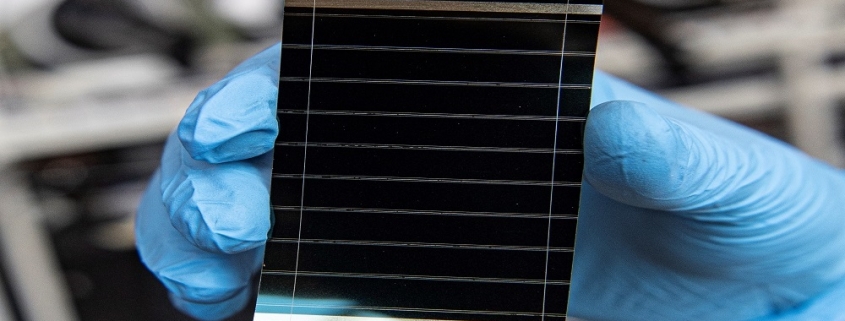Hole Transport Layer Material Market is expected to grow at a healthy CAGR
The prime factors propelling the market growth of the hole transport layer material market are technological advancements, the rising demand for enhanced electronic devices with better semiconductors by consumers, the growing solar energy industry, and demand from the LED industry.
As per the report, the hole transport layer material market is expected to grow at a steady pace.
The hole transport layer material supports the hole transport in a device and works as an electron-blocking layer that prevents electron flow. It optimizes the stability of electronic devices and it is also used for emitting polymer. Moreover, it is also used to replace the liquid electrolyte of conventional dye-sensitized solar cells to make solid-state DSSC devices.
The demand for renewable energy sources is rising and solar energy has enough power to fulfill the world’s demand. According to Global Solar Council, the global installed capacity of off-grid solar was increased by 9% in 2020. Efforts to provide efficient, economical, and lightweight hole transport layer material for organic solar cells are taking place due to research and developments. The organic solar cells have barriers to charge extraction by non-ideal contact between electrodes and the active layer. The hole transport layer material supports the spontaneous charge transports and provides stability.
The market is divided into organic and inorganic categories, based on the type. Organic hole transport material is made from organic molecules and it is expected to hold a significant market share due to its low production cost and flexibility. While the inorganic hole transport material is made from metal oxides and their demand is also expected to increase due to the rising demand for OLED screens.
The market is segmented into electronic components, semiconductors, and others based on application. The semiconductor segment is anticipated to dominate the application segmentation owing to the rising demand for semiconductors in numerous devices and the growing automotive industry. According to International Trade Administration, global sales of semiconductors increased by 6.8% in 2020 and reached $440.4 billion.
Based on geographical segmentation, Asia Pacific is expected to hold a significant market during the forecasted period. The presence of major electronic bases such as China, Japan, and India in the region along with the growing automotive industry is expected to drive the significant growth of the hole transport layer market in the region. For instance, the operating revenue for the electronics industry increased by 14% in 2021 according to the Ministry of Industry and Information Technology, China. The total number of automobiles in India increased by 35.9% in 2022 as compared to 2021 in India as per the National Investment Promotion and Facilitation Agency, India.
The research includes coverage of Hodogaya, TCI Europe N.V., Dynamo, E I DuPont de Nemours Co, Novaled, Merck, and CMT Vatteroni as significant market players in the hole transport layer material market.
View a sample of the report or purchase the complete study at https://www.knowledge-sourcing.com/report/hole-transport-layer-material-market
This analytics report segments the hole transport layer material market on the following basis:
- By Type
- Organic Material
- Inorganic Material
- By Application
- Electronic Component
- Semiconductor
- Others
- By Geography
-
- North America
- United States
- Canada
- Mexico
- South America
- Brazil
- Argentina
- Others
- Europe
- Germany
- France
- United Kingdom
- Spain
- Others
- The Middle East and Africa
- Saudi Arabia
- UAE
- Israel
- Others
- Asia Pacific
- China
- Japan
- India
- South Korea
- Indonesia
- Taiwan
- Others
- North America



